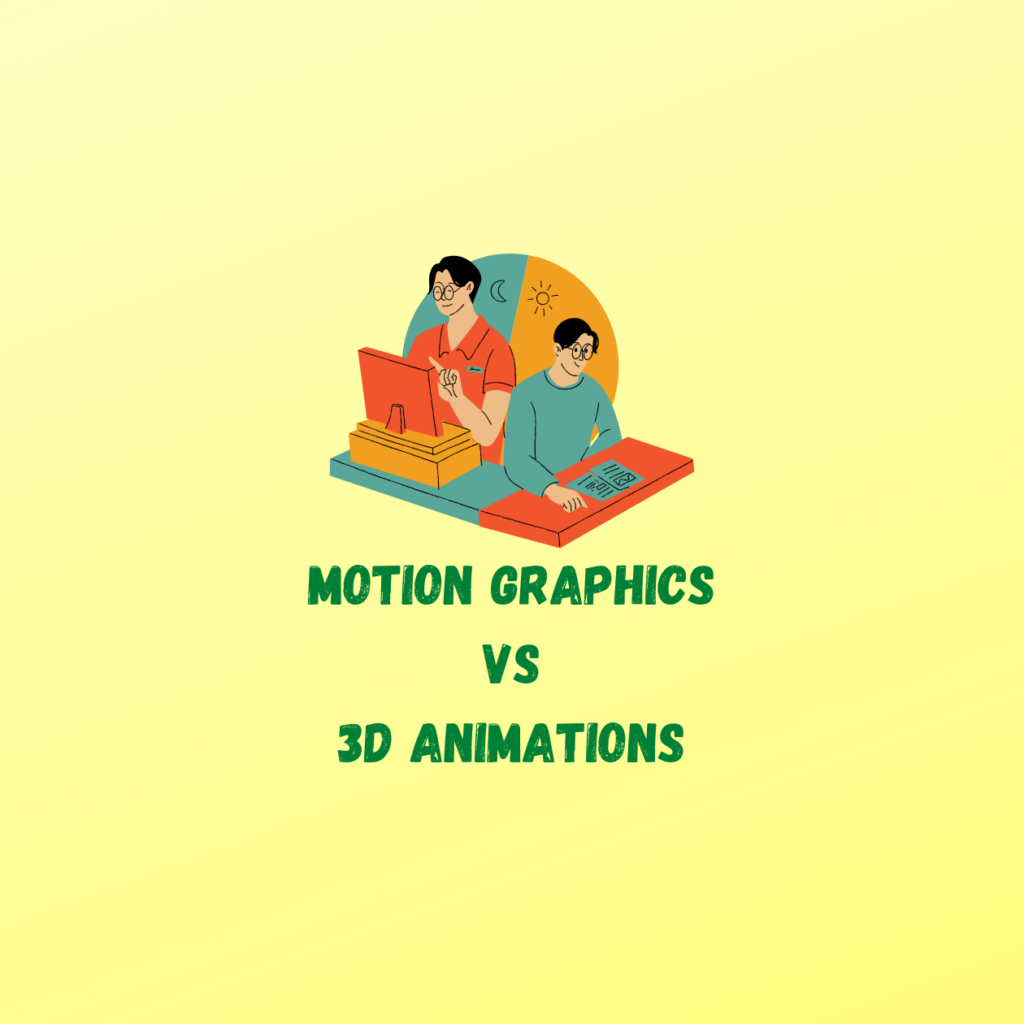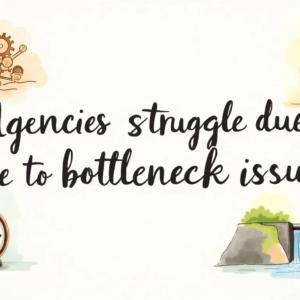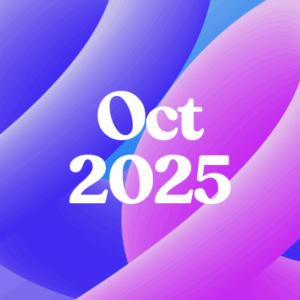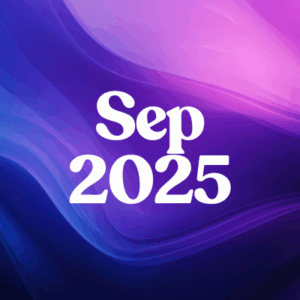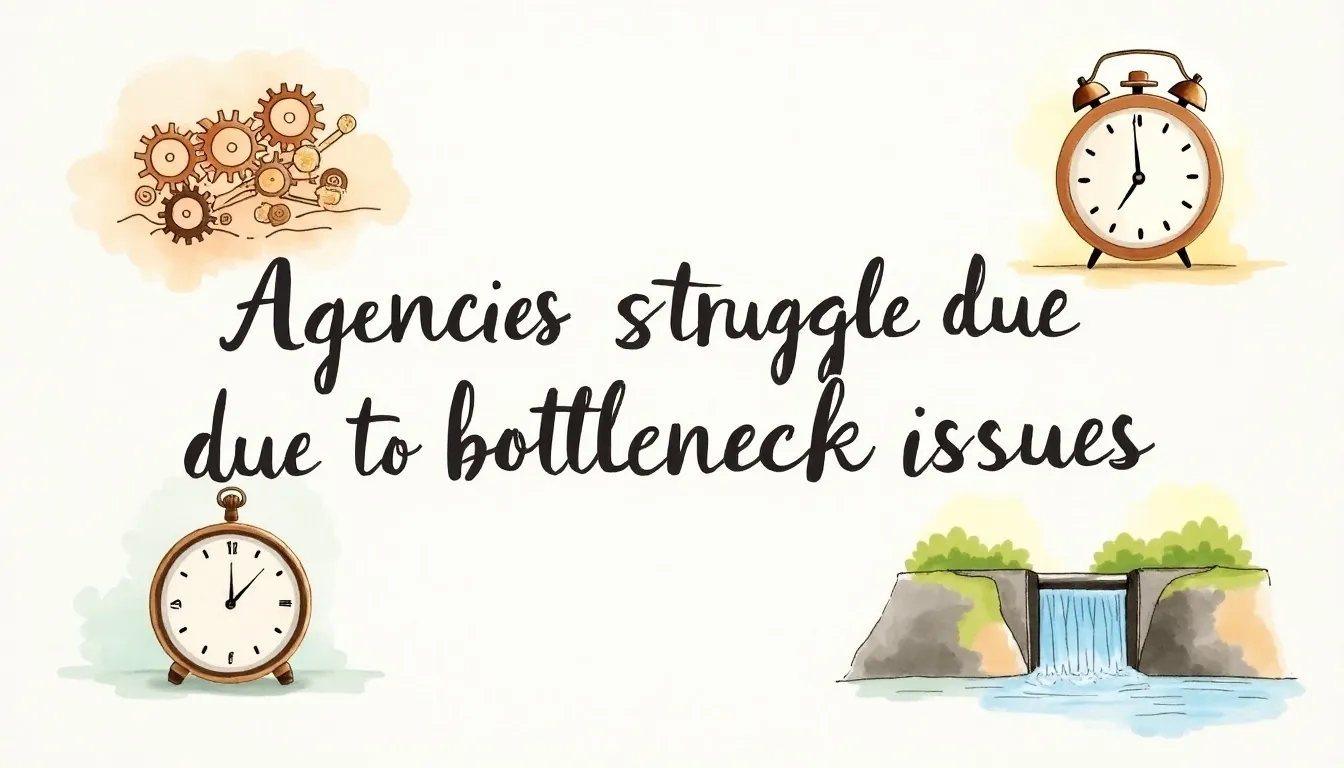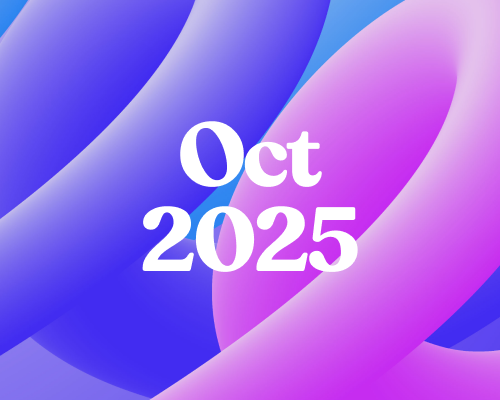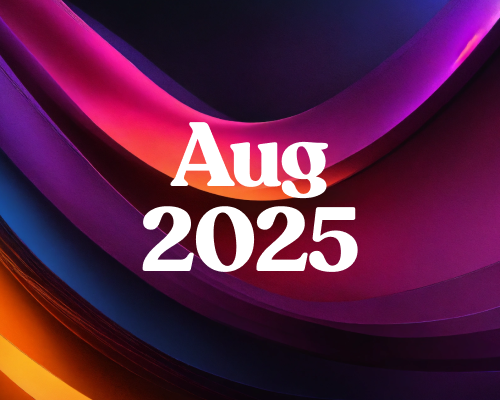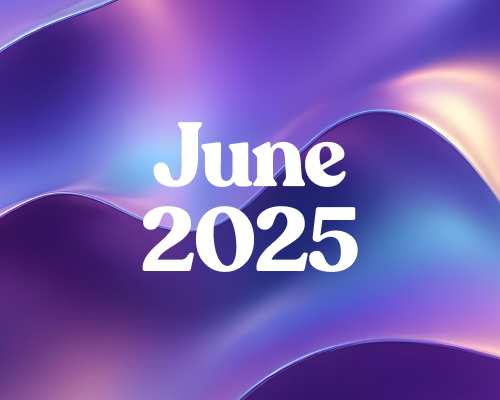When looking into video production, everyone at some point in time must have wondered what the difference is between animation and motion graphics. A lot of confusion persists among video producers, editors, designers, artists, and creative directors about which of these two will work best for their specific requirements.
Motion graphics vs 3D animation can delight, inspire, and guide your audience to take whatever action your brand most needs. Animation tells stories and communicates emotions and ideas in a unique, easy-to-perceive way that both small children and adults can understand.
What is Motion Graphics?
Motion graphics usually feature shapes, objects, or text that are being set in motion. Motion graphics can illustrate complex ideas visually. Some ideas, especially big and abstract ones, are hard to explain with words or still images. The visual style of motion graphics appeals to a wide range of viewers. Motion graphics are typically associated with animations that are mostly 2D. In certain instances, however, 3D animation is added sparsely to enhance visual interest.
While motion graphics describe moving or animated graphic design, they mainly focus on giving movement to graphic design elements. Motion graphics is a design that would be otherwise static and provide it with animation and movement, usually without following a specific narrative. A few seconds of motion graphics can clear everything up perfectly.
Motion Graphics are used in a variety of different ways:
- Lower thirds/title cards: To introduce speakers or new sections of a video.
- Text callouts: To highlight key points or add annotations.
- Infographics: To explain complex statistics or data in a visually appealing way.
- Video transitions: To smoothly move from one scene to another.
- Moving backgrounds and animated logos: To create a dynamic look.
- Animated elements: Such as doodles
What is 3D Animation?
Any technique that makes static objects or images move is animation, whether it’s hand-drawn cartoons, CGI, anime, claymation, or motion graphics. Most motion graphics are done with CGI, but you could theoretically do hand-drawn motion graphics as well.
Animation, as a broader term, encompasses a variety of techniques, including 3D animation. 3D animation involves creating graphics that are modeled and animated in a 3-dimensional space, allowing for a much more immersive and lifelike experience. Unlike motion graphics, which typically remain flat, 3D animation involves the movement of objects that have volume and depth, allowing them to rotate and be viewed from different angles in a 360-degree environment.
3D animation brings characters, objects, or environments to life, allowing creators to tell stories in a more detailed and dynamic way. This form of animation is often used for cinematic effects, character-driven storytelling, and visual effects in movies, games, or commercials.
There are 5 main styles under the house of animation:
1. Traditional Animation: Hand-drawn animation that relies on frame-by-frame techniques, commonly used in early animated films.
2. 2D Animation: Probably the most common style of animation, created using two-dimensional software, this style is widely used for cartoons and animated graphics.
3. 3D Animation: Created in a 3D space, this style is often used for detailed, realistic visual storytelling. You can rotate the assets around in a 360-degree space to get whatever angle you want for the composition.
4. Motion Graphics: It is a subgenre of animation and is best described as “supplemental animated graphics.”
5. Stop Motion: A technique where physical objects are photographed frame-by-frame to create the illusion of movement.
Comparing Motion Graphics & 3D Animations:
In simple words, motion graphics is a style of animation. Motion graphics is not only a form of animation but a super versatile one at that. While animated videos comprise moving illustrations, motion graphics are often added on top of real-life footage.
Motion Graphics tend to have less of a concrete storytelling aspect than other types of animation. Animation as a specific art form focuses more on cinematic effects and storytelling techniques to craft a narrative. Motion graphics are typically associated with setting abstract objects, text and other graphic design elements in motion.
Motion graphics can bring statistical data to life, but animation can bring characters to life with emotional narratives, creativity, and artistic expression. Motion graphics are usually easier to produce. It’s a less complex form of animation.
When to Use Motion Graphics:
- Explaining abstract ideas: If you need to communicate a complex idea, motion graphics can simplify the message and make it easier to grasp.
- Data visualization: Motion graphics are ideal for transforming raw data into engaging visual representations.
- Branding and marketing: Motion graphics are excellent for highlighting product features, creating explainer videos, or reinforcing brand messages.
- Lower cost and quicker turnaround: If you’re on a tight budget or need a fast solution, motion graphics offer a cost-effective and time-efficient option.
When to Use 3D Animation:
- Cinematic storytelling: If you want to craft an emotional, narrative-driven video with lifelike characters and environments, 3D animation is the way to go.
- Product demos: 3D animation is great for showing off products from every angle or simulating their functionality in a highly detailed way.
- Visual effects: If your project requires intricate visual effects or immersive environments, 3D animation is often essential.
Both art forms use the same type of software to reach the results they need. Some of the most used and popular ones are Maya, Adobe After effects, Blender, Adobe Animate, etc.
Autodesk Maya, commonly shortened to just Maya, is a 3D computer graphics application. It is an application used to generate 3D assets for use in film, television, game development & architecture.
Adobe After Effects is a digital visual effect, motion graphics, and compositing application used in the post-production process of film making, video games and television production. Among other things, After Effects can be used for keying, tracking, compositing, and animation.
Blender is a free and open-source 3D computer graphics software toolset used for creating animated films, visual effects, art, 3D printed models, motion graphics, interactive 3D applications, virtual reality, and computer games.
Animate is used to design vector graphics and animation for television, Online animation, websites, web applications, rich web applications, game development, commercials, and other interactive projects.
Things to consider while deciding:
1. Motion graphics are best for outlining or emphasizing facts and illustrating a point you’re trying to make. Motion graphics are used when there’s no need for narrative or storytelling.
2. Motion graphics are at their core visual aids, so they excel at teaching hard to understand ideas through visuals, can break down your complex services or products and present them in a memorable way.
3. If you want to highlight the emotional aspects of a story, provide a narrative or if you need to connect with your audience on an emotional level, you want to go with other kinds of animation.
4. Often, animation also requires being coupled with motion graphics to give a finish to the product.
5. A motion graphics video typically includes on-screen text combined with shapes and sometimes images. Whereas, an animated video generally includes animated characters.
When it comes to a client deciding if they need animation or motion graphics, they need to analyze exactly what it is they want to convey with the finished work. If what they need is a visually appealing presentation about their sales efforts of the past year, then a motion graphics design would be a perfect choice. If they want an emotional animated story of how their products change peoples’ lives, then an animation will be more suited.
Conclusion:
Some projects demand an involved animated world and characters, but others benefit from the visual simplicity of motion graphics. Although motion graphics are visually simpler, they often take just as much planning, thought, and care as a fully animated piece!
To choose the better option among the two, you need to be more attentive to the requirements you have from the final product. There is a lot of overlap between these both and sometimes it can be hard to tell them apart. No matter which types of animated video you use, you’re on your way to more engaging and entertaining content for your audience.
